The phrase 'firewood, rice, oil, salt, soy sauce, vinegar, and tea' succinctly captures the essence of Chinese daily life. Among these seven essentials, only tea has transcended its practical role to become a 'Way' (Dao) throughout history. The ancient tea classics authored by our ancestors have left us invaluable insights into tea appreciation.
'The Classic of Tea' by Lu Yu (Tang Dynasty)
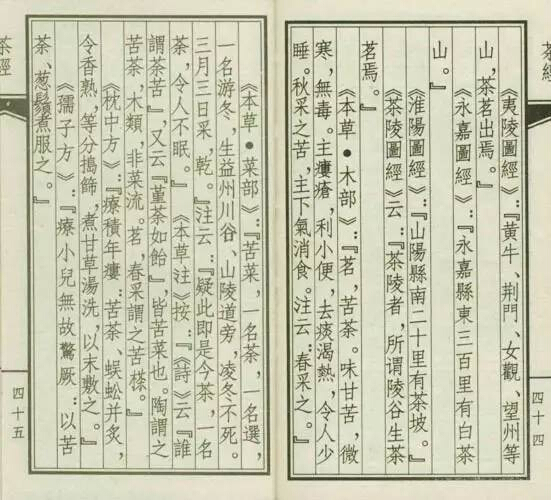
'The Classic of Tea' is the earliest, most complete, and comprehensive monograph on tea in China and the world, authored by Lu Yu, the founder of the Chinese tea ceremony. This work is a comprehensive treatise on the history, origins, current state, production techniques, and the art of tea drinking, as well as the principles of the tea ceremony. It is a groundbreaking tea study.
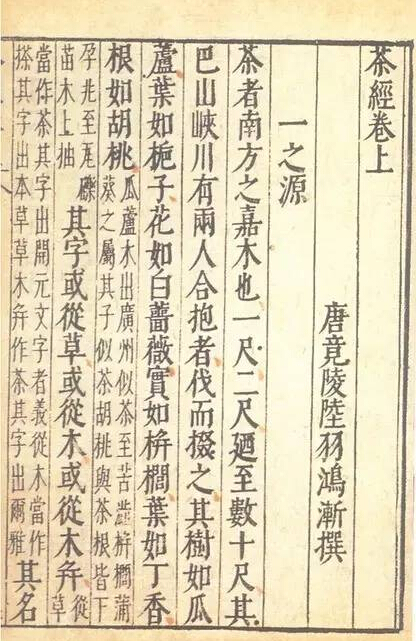
'The Classic of Tea' is the world's first specialized work on tea, a significant contribution by Lu Yu to humanity. The book is divided into three volumes with ten sections. Its main content and structure include: 1) The Origin; 2) The Tools; 3) The Production; 4) The Utensils; 5) The Brewing; 6) The Drinking; 7) The History; 8) The Regions; 9) The Omissions; 10) The Diagrams.
'The Record of Water for Brewing Tea' by Zhang Youxin (Tang Dynasty)
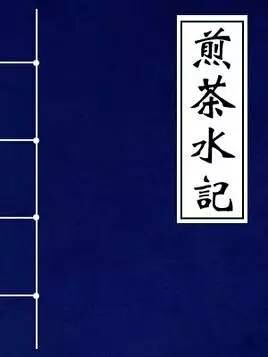
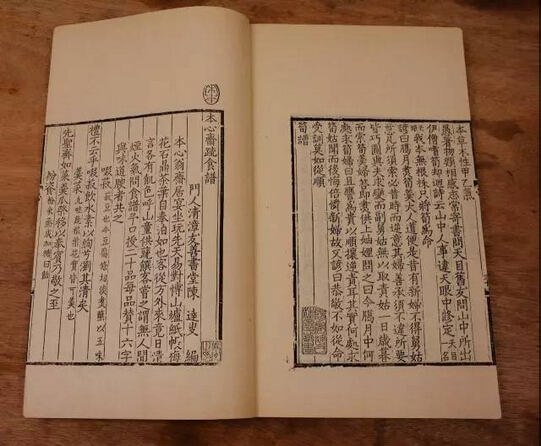
'The Record of Water for Brewing Tea' is the earliest extant work dedicated to evaluating water for tea brewing. It expands on the fifth section of Lu Yu's 'The Classic of Tea,' providing a more comprehensive analysis of water suitable for tea. The entire book is only about 900 words long, listing over 20 sources of water suitable for tea in the Tang Dynasty.
'The Essentials of Tea Tasting' by Huang Ru (Song Dynasty)
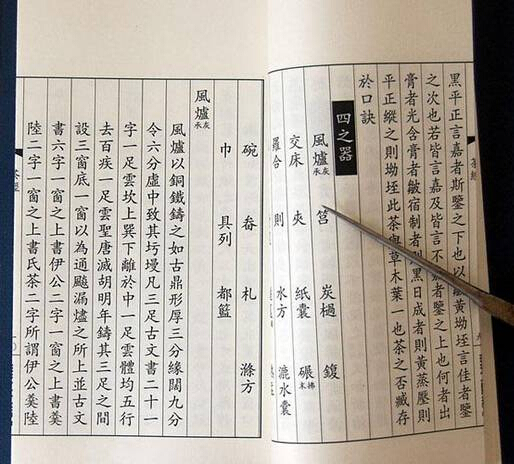
This book was written by Huang Ru after he noticed omissions in Lu Yu's 'The Classic of Tea' and felt compelled to address the need for tea鉴别. The book consists of ten chapters. The first nine discuss ten common mistakes in tea production that affect flavor, such as improper picking, adulteration, under-steaming, over-steaming, and improper roasting. The final chapter emphasizes the importance of geographical conditions and the characteristics of tea from specific regions.
'The Great Treatise on Tea' by Emperor Huizong of Song (Song Dynasty)
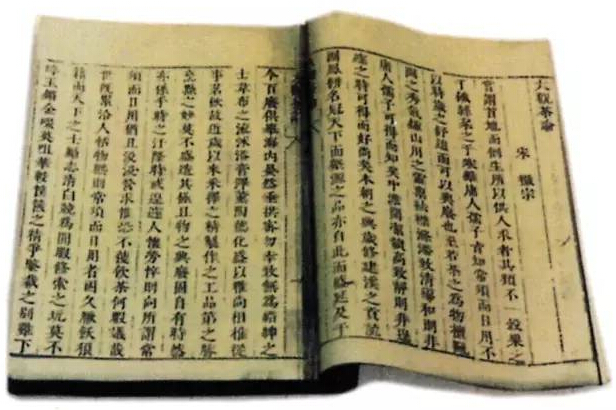
'The Great Treatise on Tea' is the only tea monograph written by an emperor in Chinese history. The book comprises twenty chapters, detailing the production, brewing, quality, and the culture of tea competitions during his reign. Regardless of his political achievements, Emperor Huizong's contribution to tea culture through this text is undeniable, as it preserved珍贵文献 and significantly advanced the Chinese tea ceremony.
'The Tea Record' by Cai Xiang (Song Dynasty)
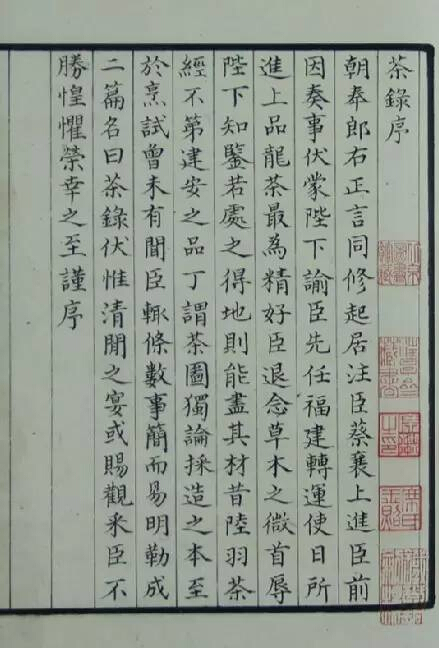
'The Tea Record' was written by Cai Xiang to recommend Beiyuan tribute tea to the emperor, as he felt Lu Yu's 'The Classic of Tea' did not adequately cover Fujian tea. It is an important tea monograph from the Song Dynasty.
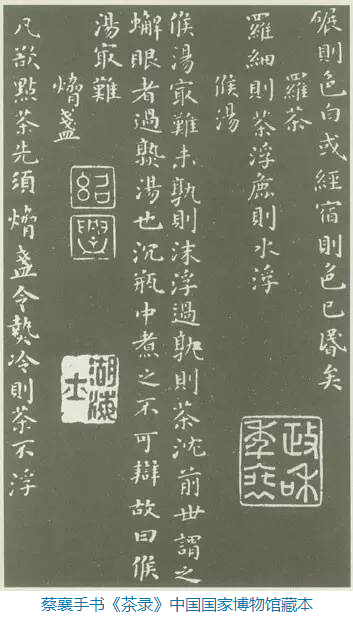
'The Tea Record' is divided into two parts. The first part discusses tea, covering color, aroma, taste, storage, roasting, grinding, sifting, brewing, warming the cup, and preparing tea. The second part discusses utensils, including tea roasters, tea baskets, anvils, tea bells, tea grinders, tea sieves, tea cups, tea spoons, and water bottles. Cai Xiang is also renowned for creating small团茶.
Currently, Cai Xiang's 'The Tea Record' has English and French translations.
'The Illustrated Tributes to Tea Utensils' by Shen An Lao Ren (Dong Zhenqing, Southern Song Dynasty)
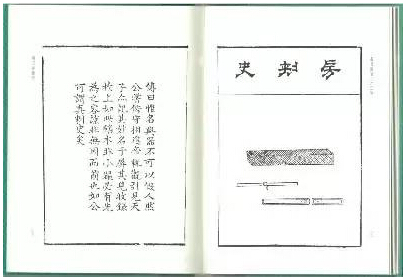
'The Illustrated Tributes to Tea Utensils' is the first illustrated monograph on tea utensils in China. Shen An Lao Ren used line drawing to depict twelve tea utensils used in famous tea competitions of the Song Dynasty, referred to as the 'Twelve Gentlemen.'
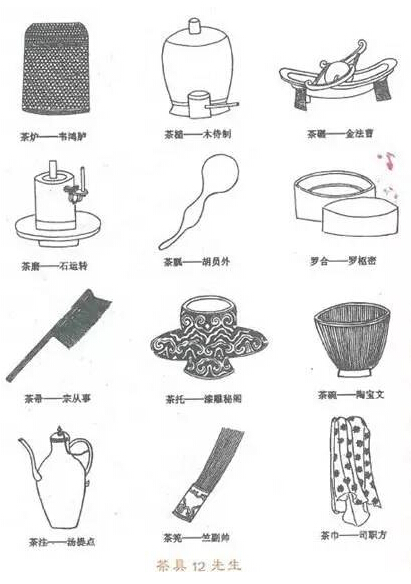
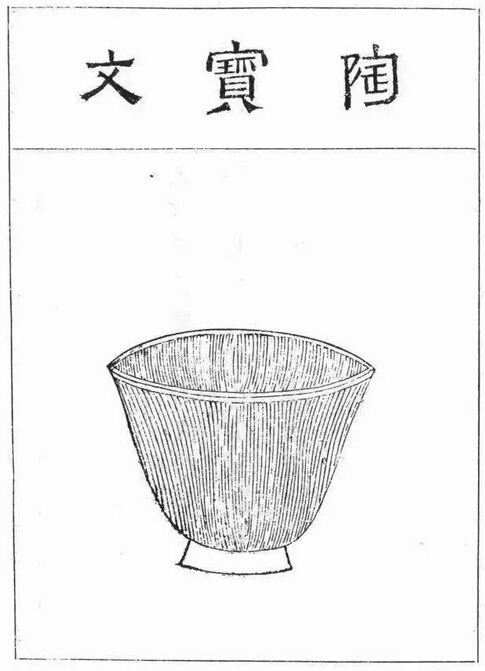
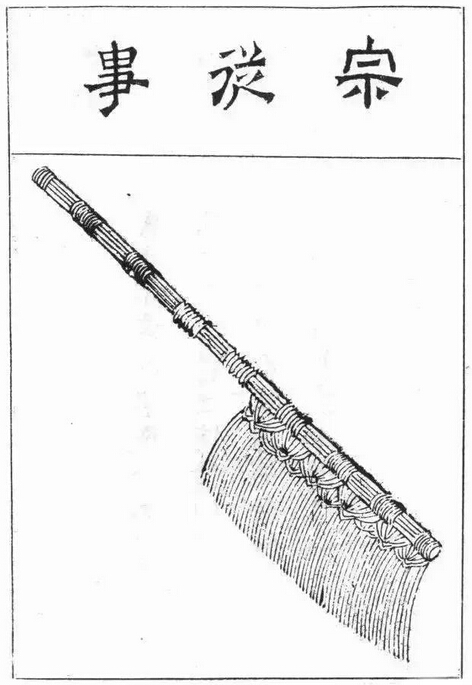
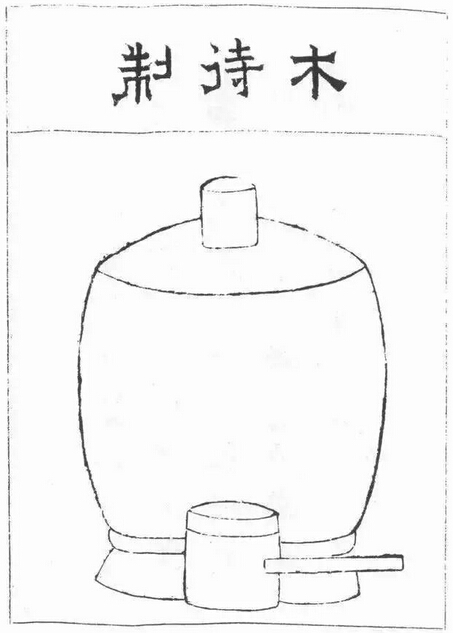
Interestingly, this ancient tea book features one illustration and one tribute for each utensil, personifying them with Song Dynasty official titles and duties. This cleverly隐喻 that these 'officials' (tea utensils) serve the 'emperor' (the tea drinker), blending the materiality of tea with its cultural significance. The book is a delightful read.
'The Sixteen Brews' by Su Yi (Late Tang, Five Dynasties, or Early Song Dynasty)
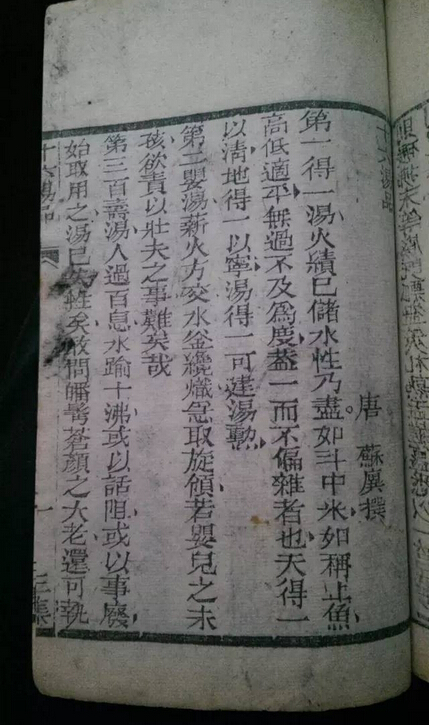
Although there are no detailed historical records about Su Yi, he was a renowned master of water evaluation and tea preparation. 'The Sixteen Brews' is a representative work of the tea preparation methods流行 at the time. It expands on the fifth section of Lu Yu's 'The Classic of Tea,' elaborating on sixteen aspects of tea brewing, hence the title.
'The Sixteen Brews' and 'The Record of Water for Brewing Tea' are considered niche works in tea literature. By the Yuan and Ming dynasties, as固型茶 fell out of favor, the神秘性 of water and brewing diminished, and these works were largely forgotten. However, their value in tea art, tea ceremony, and Chinese tea culture remains不可或缺.
'The Seven Categories of Tea Brewing' (Ming Dynasty, author unknown)

'The Seven Categories of Tea Brewing' by Xu Wei
The authorship of this book has long been debated, with some attributing it to Lu Tong, others to Lu Shusheng (author of 'The Tea Hut Record'), or even other figures. The entire text is around 250 words, divided into seven sections: Character, Water Evaluation, Brewing, Tasting, Tea Timing ('Tea适宜' in Xu Wei's version), Tea Companions, and Tea Merits.
The famous calligrapher Xu Wei抄录 this book in multiple calligraphic styles, leaving behind草书 and行书 versions.
'The Sequel to The Classic of Tea' by Lu Tingcan (Qing Dynasty)
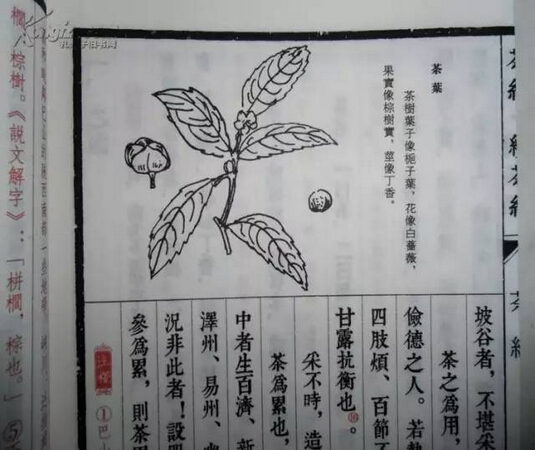
'The Sequel to The Classic of Tea' is the largest tea book from the Qing Dynasty. Notably, Lu Tingcan served as an official in a tea-producing region and was skilled in tea matters. He had deep insights into tea picking, steaming, water testing,火候, and the evolution of tea culture from the Tang to the Qing Dynasty. This茶籍 is approximately 100,000 words long and is the most comprehensive supplement to 'The Classic of Tea' from the Tang to the Qing Dynasty, with content ten times that of the original. It延续了 'The Classic of Tea's' style, hence its title.